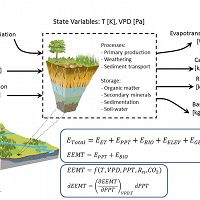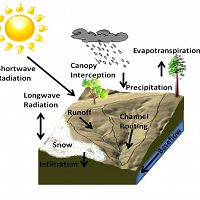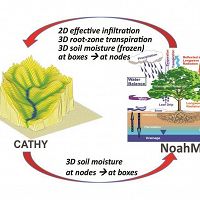MODELS
The Catalina-Jemez CZO uses a variety of conceptual and numerical models to investigate coupled earth surface processes.
The Critical Zone is a thermodynamic system open to energy and mass transfer from its surroundings.
Multiple modeling approaches are employed to examine critical zone function and structure. Numerical models being employed include those for landscape evolution, (bio)geochemical reaction and hydrology.
Modelling News

FEATURED
CZ colleagues: Please contact us about proposals for NSF’s CZ Collaborative Network, due 02 Dec 2019
08 Jul 2019 - CZO will end Nov 2020, succeeded by the “CZ Collaborative Network”. Let’s explore how the CZ community can build upon the CZOs via new NSF proposals.
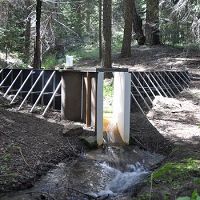
Water Resources Research Special Collection: Concentration-discharge relations in the critical zone
30 Oct 2017 - Water Resources Research published a new special collection in September 2017 featuring concentration-discharge research from multiple CZOs.
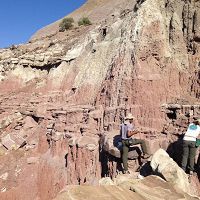
EOS: Taking the Pulse of the Earth’s Surface Systems
04 Dec 2015 - Taking the Pulse of the Earth's Surface Systems In September of 2014, Laurel Larsen (UC Berkley), Elizabeth Hajek (Penn State), and others...
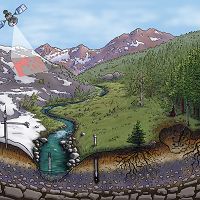
Using a CZO network to explore the architecture, dynamics and evolution of the Critical Zone
03 Nov 2014 - The US CZO National Office has organized a webinar on December 8, 2014 at 11AM - 12:30 PM ET.
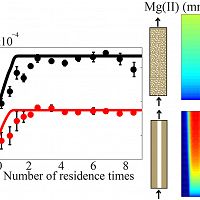
Reactive Transport Modeling Survey – Community Needs for Biogeochemical Studies
08 Apr 2014 - Reactive Transport Modeling Survey – Community Needs for Biogeochemical Studies The below survey is designed by Alexis Navarre-Sitchler, Kate...
EEMT
Environmental Energy and Mass Transfer
Conceptual framework for CZ structure evolution based on nonequilibrium thermodynamics.
hsB-SM
Semi-Distributed Hydrologic Model
Semi-distributed hydrological model called hsB-SM (hillslope storage Boussinesq-Soil Moisture)
TIMS
Terrestrial Integrated Modeling System
A coupled model of hydrological, microbial, geochemical, geomorphological and ecological processes at the Earth’s land surface.
Explore Further

